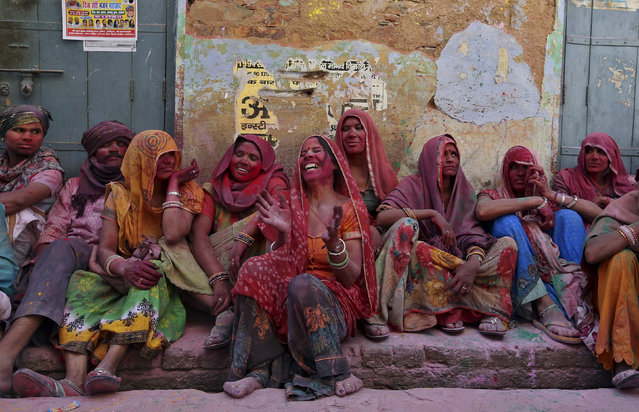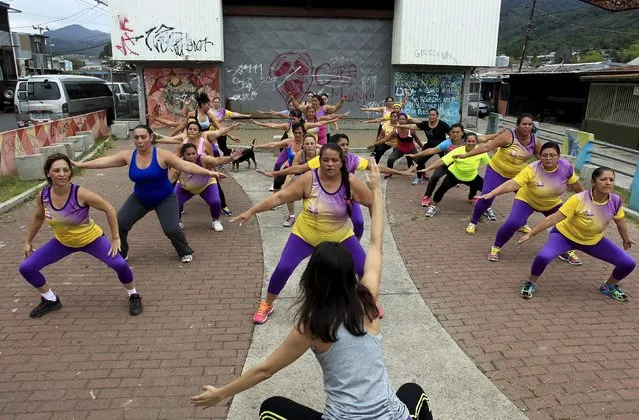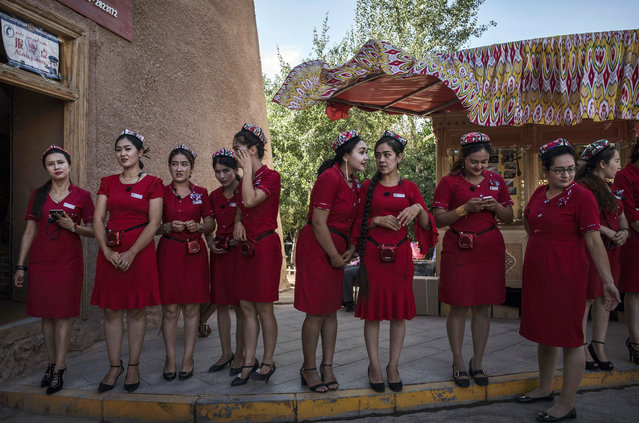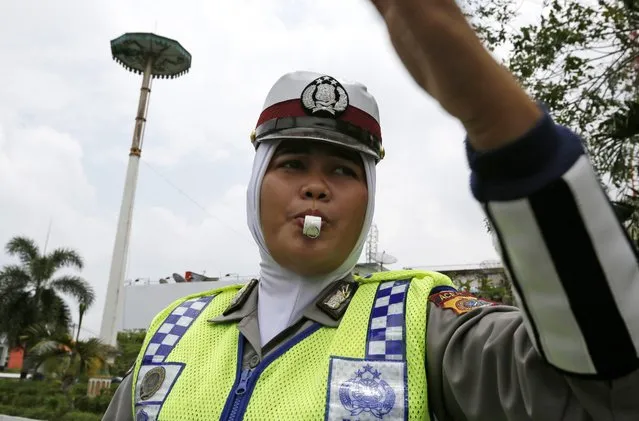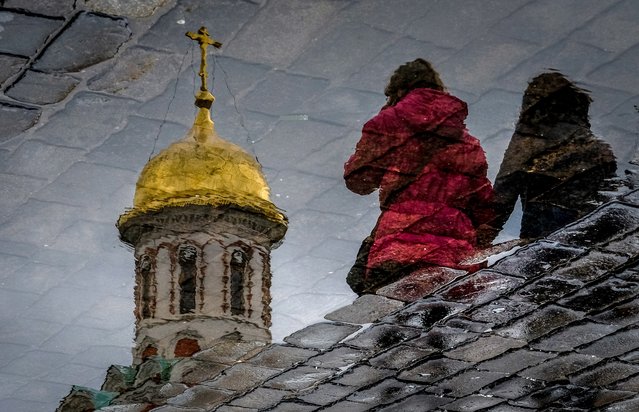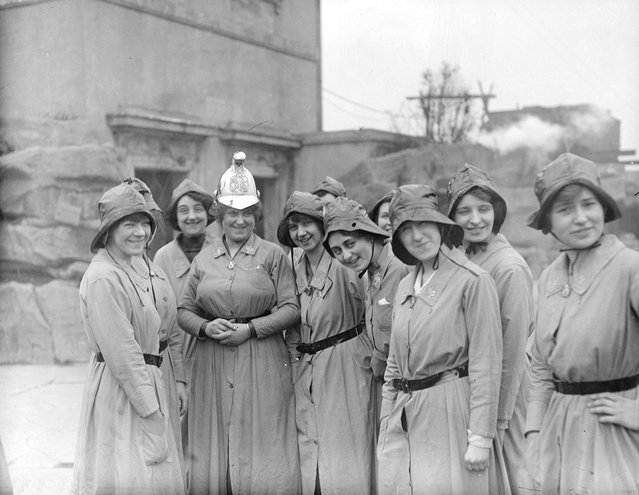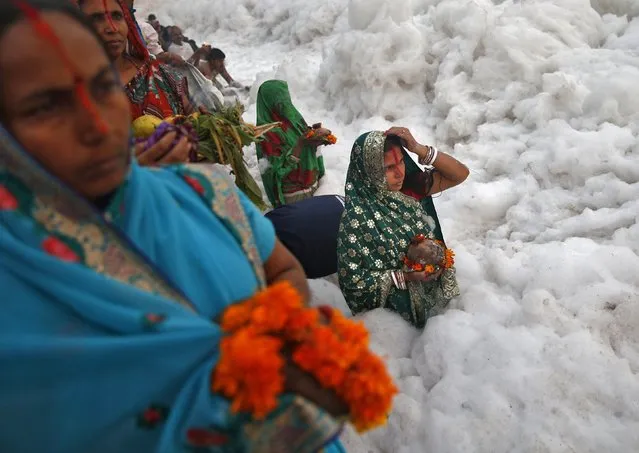
Hindu women worship the Sun god Surya in the polluted waters of the river Yamuna during the Hindu religious festival of Chatt Puja in New Delhi October 30, 2014. Hindu women fast for the whole day for the betterment of their family and the society during the festival. (Photo by Ahmad Masood/Reuters)
30 Oct 2014 13:48:00,post received
0 comments

